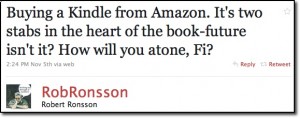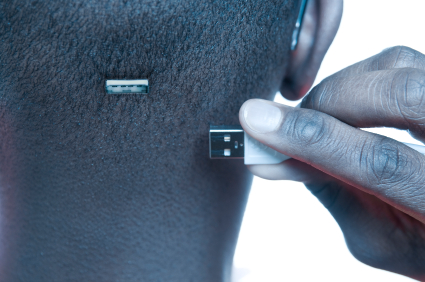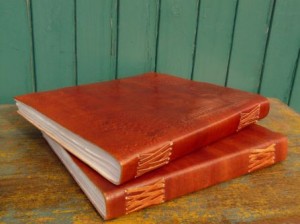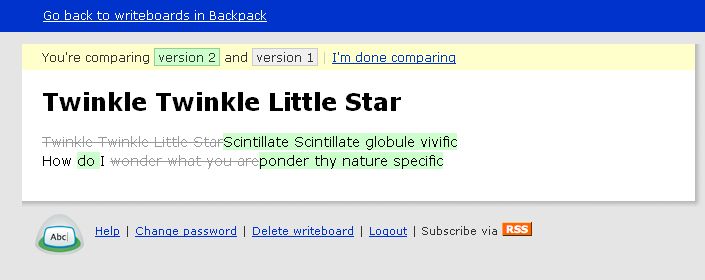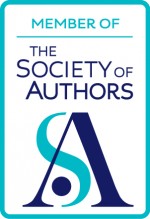Last month I sold a little bit of my soul. I only went and bought a Kindle. You know, that e-reading device from wicked old Amazon. When I confessed announced it on Twitter I was braced for a bit of stick from my fellow writers. But then my first response was a cheerful thumbs-up from Erika Robuck, excellent blogger and author of Receive me Falling.
Phew, I thought. But I barely had a minute to bask in her warm approval before the other reactions came. First, from novelist, non-fiction writer and National Academy of Writing (NAW) Director, Richard Beard:
Ew! And a while later another writing chum and NAW graduate Rob Ronsson delivered the killer verdict.
Now I know you guys are only teasing but even so you got right to the heart of my conflict. But I was curious to see what the reading experience would be like and crucially whether I would want to be published on a Kindle. Call it market research.
First impressions (or What do you mean it’s not touch screen?)
When I first turned my Kindle on (after a quick battery charge) I did something that I reckon a lot of people will do. I poked and prodded the screen and then wailed, it’s not working! If, like me, you have a touchscreen phone or use Apple handheld devices then I bet your instinct will be the same. But no, there’s a Qwerty keyboard and various menu buttons to navigate around your Kindle. Even though the device is slim and lightweight, there’s a certain clunkiness about it — you have to give those buttons a firm press, for example. Overall though I rather like its lack of whizz factor. (Not least because it means my kids aren’t forever begging to have a go on it. They think it’s really uncool and can’t wait for mum to hurry up and buy an iPad.) In fact the design and feel of the Kindle reminds me of one of my other favourite gadgets, the NEO (which I rave about in this blog post).
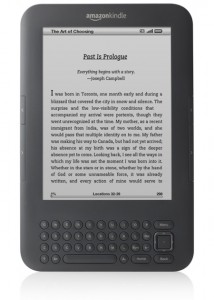 So, what’s it like reading from the Kindle screen? Surprisingly pleasant. The display is sharp and free from the glare you often get on computer screens and some electronic devices. The Kindle uses something called electronic ink. The greatest bonus as a reader is that you can adjust the size of the font (and also choose from the standard range of fonts). You can make your ebook go large in an instant – no fuss.
So, what’s it like reading from the Kindle screen? Surprisingly pleasant. The display is sharp and free from the glare you often get on computer screens and some electronic devices. The Kindle uses something called electronic ink. The greatest bonus as a reader is that you can adjust the size of the font (and also choose from the standard range of fonts). You can make your ebook go large in an instant – no fuss.
What can you read on it?
Books from the Kindle Store, obviously. As you’d expect from Amazon the process of buying ebooks on the Kindle is (too) easy and seamless. It’s quite nice to have limited choice at the moment, although their catalogue is expanding exponentially. I can tell you that in just six weeks of owning a Kindle my first thought when buying a new book is, ‘I hope there’s a Kindle edition’ and I’m a little disappointed if there isn’t. Writers, take note. I’ve become addicted to that have-it-now convenience of buying my books. (Told you I’d sold my soul but I’m working on a suitable form of penance.)
Aside from books you can get some newspapers and magazines on the Kindle. Hmm, not sure. I prefer a printed daily paper (The Guardian, as if you couldn’t guess). Ditto magazines, but who knows – never say never.
By the way, I should point out you don’t have to have a Kindle device to shop in the Kindle store. You can download free Kindle reading apps on a range of web-enabled devices: iPads, iPhones, Windows phones, Android phones, BlackBerrys or Windows or Mac computers. If you’re interested in reading habits then have a look at this Wired article on popular ways to read an ebook.
What I’ve learned in the six weeks of owning a Kindle is that it’s a device for readers. Serious book consumers will appreciate a distraction-free reading experience. No web surfing (apart from the Kindle Store – see above) or social networking, just reading.
The question is, is it good for writers? I think it can be if the whole mess of ebook pricing is sorted out. Despite my love hate relationship with Amazon I will definitely publish on a Kindle.
Over to you. Are you a Kindle user? As a reader, what do you like and dislike? Do you read Kindle books on some other device? As a writer, would you like to publish or be published on a Kindle? All comments welcome.
Fiona Joseph


